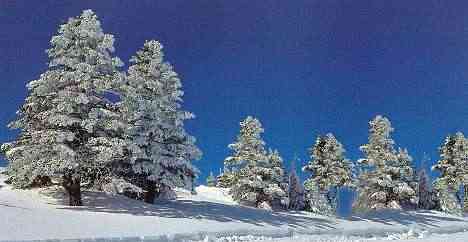
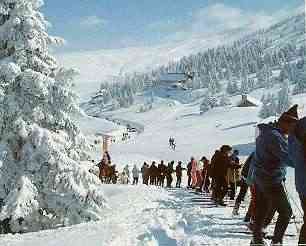
Welcome to Bursa-capital of Osman Impery...
Dear friends. I want you to visit the city where I lost nearly 4 years of my life. Also you can see all of the tajik students who are studying in this city. So welcome to the Bursa...
The city of Bursa, founded at the foot of Uludag which is one of the most important ski centers of Turkey, is called Green Bursa owing to the abundant verdure there.


The city was founded by Prusias the I. (230-192 B.C.) King of the Bythnians who were the first comers in that region, and was named Prusa as attribution to the King's name. Today this name has been converted to Bursa. The Seljuks began to rule over Anatolia in the year 1071, after the successive Persian, Hellenistic, Roman and Byzantine periods. Later on the Ottoman Principality, founded in Sögüt in the year 1299 and subjected to the Seljuks, proclaimed independence and increased in size in a short time. In the year 1330 Ottomans conquered Iznik and made it the capital city. In the year 1335 the capital of the Ottoman State was Bursa succeeding Iznik, and later Edirne was conquered and made capital.
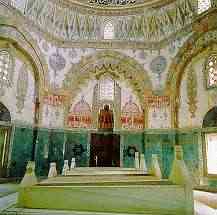
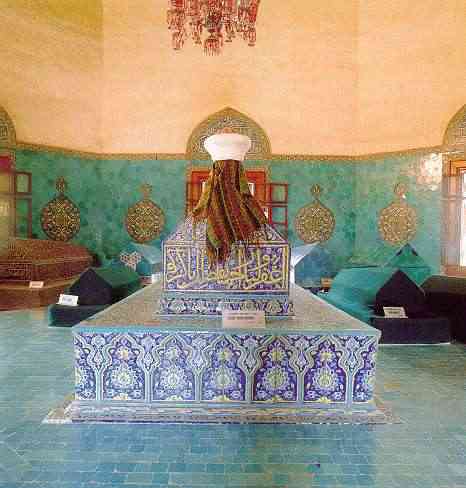
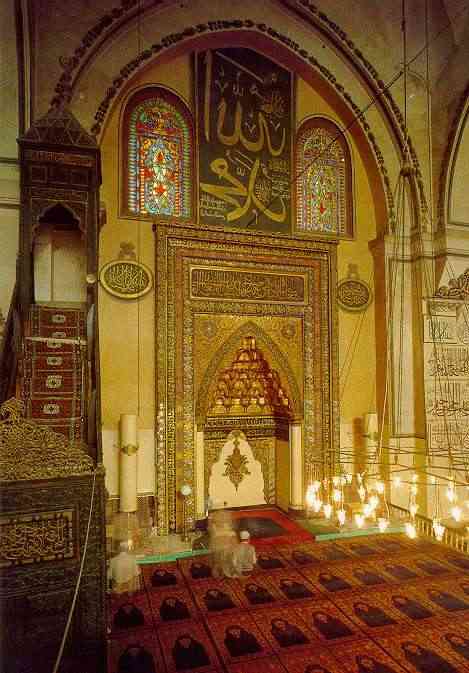
Bursa is full of historical works of art. The Ottoman Sultan, Yildirim Beyazit, had the Mosque of Yildirim constructed in the year 1399. Another one of the interesting works of art in the city is the Ulu Cami located at the center of the city. It was constructed between the years 1396 and 1400, and was placed on twelve elephant feet and has 20 domes. There is a fountain and a remarkable niche inside the mosque and there are also examples of the art of ornamental calligraphy of that time. This mosque was the greatest mosque of the Ottomans in those years.
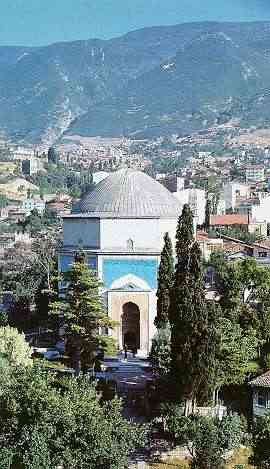
Another one of the most favorite works of art in Bursa is the Green Complex situated in the district called Yesil. The mosque in the complex was built by the order of Çelebi Sultan Mehmet in the year 1419, and the ornamental designs of the mosque could be completed in the year 1424. The architect of the Complex, composed of the Mosque, Medresse and Mausoleum, was Haci Ivaz Pasa, the engraver was Ali Bin Ilyas Ali and the master workman who made the encaustic tiles was Mehmet El Mecnun. The Medresse adjacent to the Mosque, is used as a museum today.
Another work of art in Bursa is the Green Mausoleum which is regarded as the symbol of Bursa today. The mausoleum is octagonal shaped and its outer surface is also covered with encaustic tiles as the inside. Çelebi Mehmet's sarcophagus, is placed at the center of the mausoleum and it is made of encaustic tiles. Another important complex in the city is the Complex of Muradiye. Sultan Murad the II. had this complex constructed between the years 1424-1426, and it is composed of the mosque, medresse, bath, kitchen for the poor and mausoleums. Besides the mausoleum of Murad the II. there are twelve mausoleums in the courtyard of the mosque such as those belonging to Gülsah Hatun, Mukime Hatun, Sultan's son (sehzade) Mahmut, Sultan's son Mustafa and to Sultan Cem whose name was given to the mausoleum and who was buried together with Mustafa, and all are ornamented with beautiful encaustic tiles.
In addition to the Ottoman House nearby the mausoleums of Osmangazi and Orhangazi in Tophane, the Fortress of Bursa, the Mosque and Medresse of Murad the I. in Çekirge, there are many historical and modern hot springs in the vicinity. Villa Atatürk near Çelik Palas, the Museum of Archaeology in the park, are also places to be visited here. Uludag, to which we referred shortly above, is also another place of excursion.
Licensed by Tajikworld ltd. co. 2000